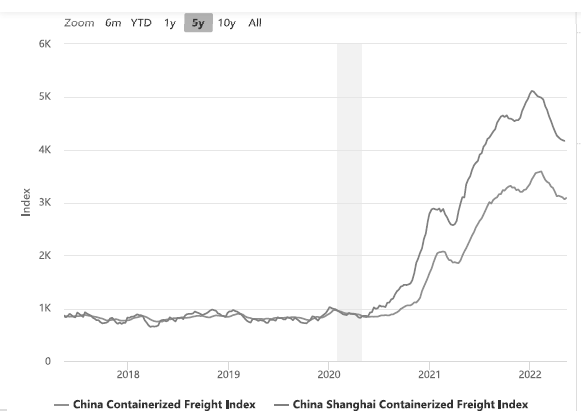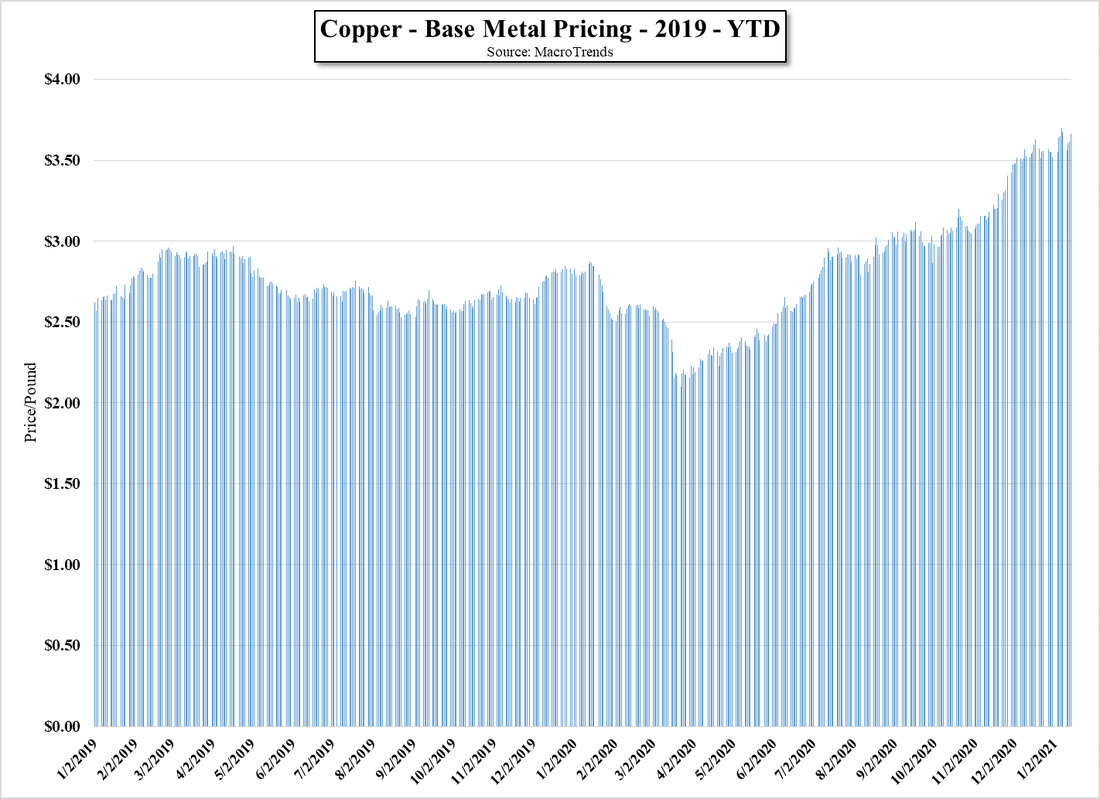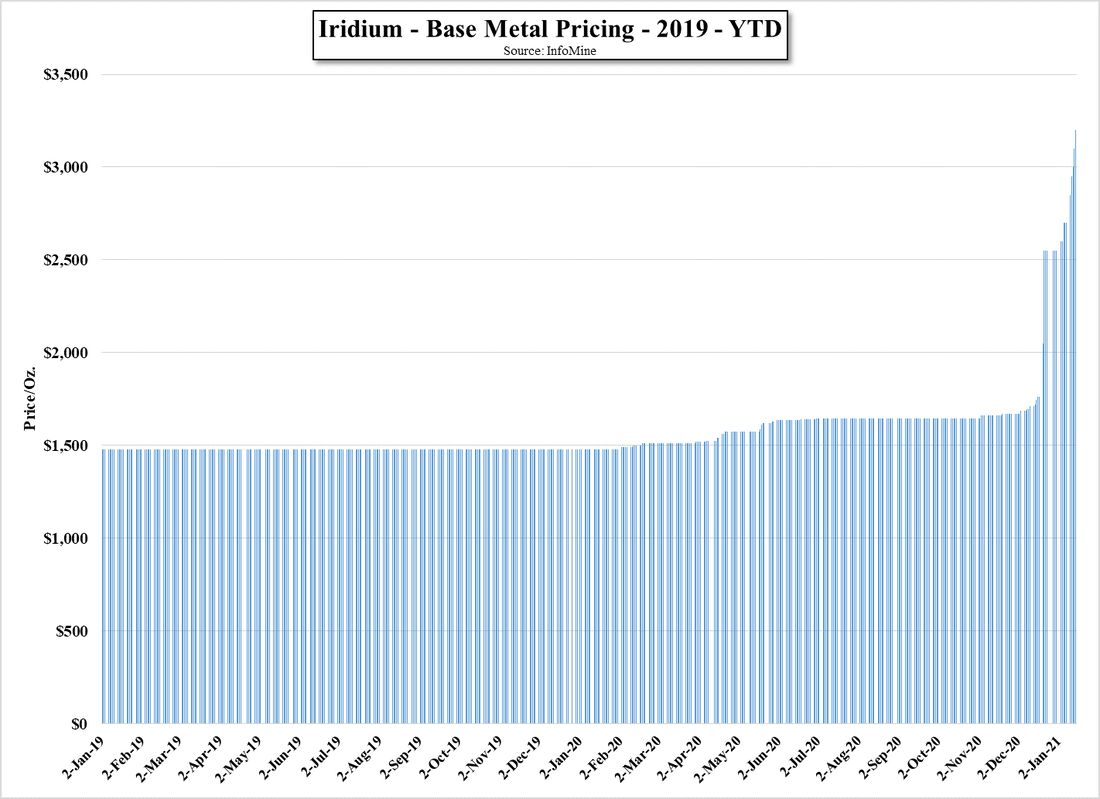Russia Fights Back
As we have mentioned in our 3/24/22 note 70% of the neon gas currently produced globally is used in the semiconductor industry, specifically for excimer lasers used in DUV (Deep Ultraviolet) stepper photolithography down to the 7nm node, and the Ukraine has been the supplier of ~50% of the world’s supply of the inert gas. Both major neon producers in Ukraine shut down[1], in March and a Russia gains territory in the country, they are exerting greater control over the production of that gas and have just instituted restrictions on the exportation of noble gases (Helium, Neon, Argon, Krypton, Xenon, and Radon). In a typically un-subtle way, the Russian Deputy Tarde Minister indicated that the move would provide an opportunity to “realign the now broken supply chains and create new ones”, while the read on the statement has been that Russia intends to trade the gases for semiconductor imports.
While Russia is a relatively small exporter of Helium, which is used extensively as a cooling material in the semiconductor fabrication process, the US Federal Helium Reserve System, created back in the 1960’s is scheduled to be closed later this year, making the US more dependent on countries like Qatar (2nd largest producer/2020) and Algeria (3rd largest), with Russia’s Gazprom (GAZP.RM) ramping production over the last two years. Earlier this year global semiconductor associations indicated that they had ample supply of inert gases, although that was based on a short timeframe war in the Ukraine, which has now extended to over three months.
While we expect the US to continue to maintain strict sanctions on Russia, Taiwan[2] and South Korea together produce ~83% of the world’s semiconductors (foundry) and are highly dependent on maintaining that production as inert gas sourcing become more difficult. While we expect these countries to maintain the restrictions placed on Russia, the impact on the global semiconductor industry will likely increase, especially as China’s unrestricted trade policies toward Russia give it an advantage in securing supplies. Further tightening of the semiconductor market could extend the time it takes for a global economic recovery and extend the downturn in the CE space into next year if sufficient supply deals with alternative sources are not able to be made.
[1] Ingas is in Mariupol and Cryoin is in Odessa.
[2] Taiwan has just banned the sale of high capacity/high speed processor and ICs to Russia and Belarus.








 RSS Feed
RSS Feed